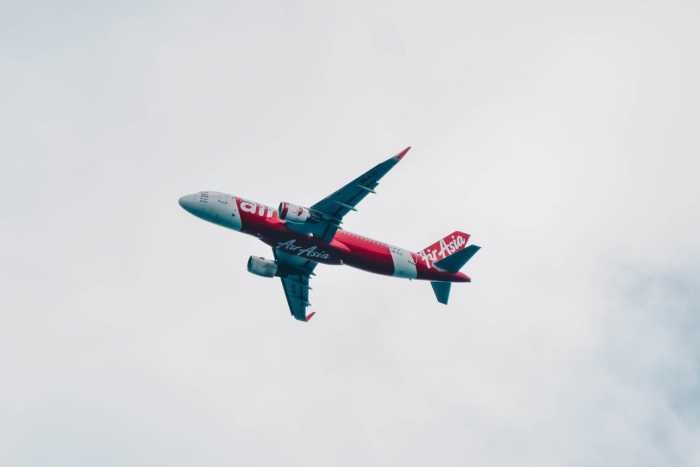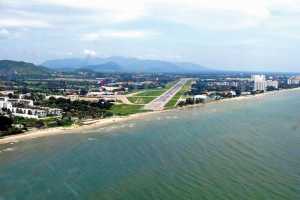
Battle of Budget Carriers Heats up as AEC Launch Approaches
8th Mar 2013

The dawning of a new era in Southeast Asian economic landscape is about to unfold two years from now as the much anticipated ASEAN Economic Community (AEC) takes effect. Budget carriers in Thailand have been on the lookout to exploit the vast opportunity it offers to the travel industry across the region.
Thailand, for years, have been a commercial aviation hub in the region owing to its strategic location, being in the Asian crossroads. It has been the magnet of global and regional airlines which cash in on the millions of tourists who visit the country every year. Currently, there are 24 budget airlines from all over the region flying to Thailand. These include four home-grown low-cost carriers - Orient Thai, Nok Air, Thai AirAsia and Solar Air; Jetstar Airways and Tiger Airways from Singapore; Cebu Pacific and South East Asian Airlines from the Philippines; and Lion Air and Mandala Airlines from Indonesia. These airlines started serving their respective domestic market but gradually expanded to include neighboring countries in the region.
Thailand, as a regional aviation center, will continue to attract not only budget carriers but full-service airlines as well when AEC takes affect. Though the tourism prospect is high, so is the competition. Thai carriers will have to face a stiffer challenge ahead from other airlines in the region who will take advantage of the more relaxed aviation policy.
While the travel market is seen to grow across the region, airline operators will find it more difficult to stay in the business if they don't continually strategize or innovate their products to keep their captive market or capture a new market.
Many analysts say that AirAsia, this early, shows what role it will have in the future of commercial aviation in the region. Its founder, Tony Fernandes, has jetted in lately to the country to seek audience with the country's Prime Minster Shinawatra. His visit clearly showed that political connection is a vital aspect in doing business in the region not only to secure support from political bigwigs but also show one's clout in the industry.
AirAsia, today, is the largest budget carrier in Asia. Since its founding in 2001, it has managed to established regional subsidiaries in five countries across Asia, with a total combined fleet of 118 aircraft. The AirAsia group is seen to become a force to reckon with in the near future as it has placed order of 357 more planes. It could even dislodge Thai Airways Intl. in five years' time.
The success of AirAsia is primarily credited to its founder, Tony Fernandes, who made a 360-degree turn of the indebted airline into Asia's biggest and most profitable budget airline.
The future of AirAsia in the region is bright given its current advantage over other budget carriers. However, other low-cost airlines will also challenge its strength, especially its local subsidiaries in five countries.









